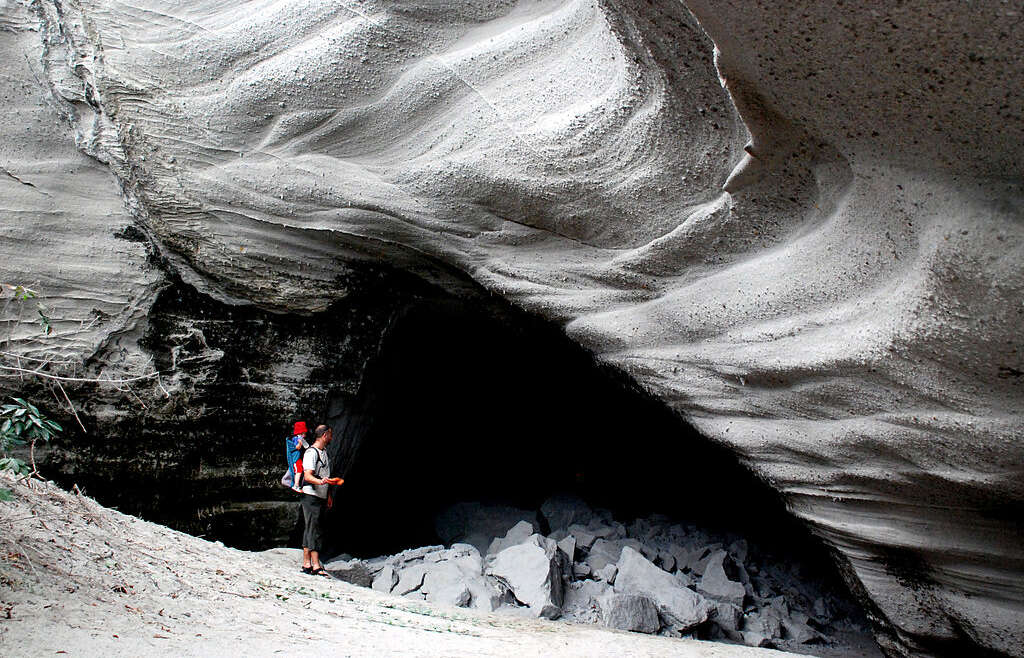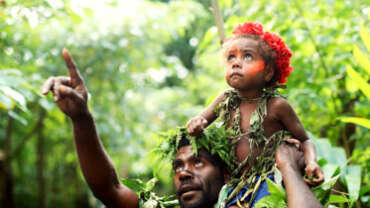Heritage Sites in Vanuatu!
Visit the Vanuatu Kaljoral Senta (VKS) and National Museum to learn about 2 of Vanuatu’s world heritage sites declared by UNESCO, to experience the culturally rich heritage and traditional art history of Vanuatu passed on from one generation to the next for hundreds of years. The sites and attractions are:
Chief Roi Mata Domain
Chief Roi Mata’s Domain is the first site to be inscribed in Vanuatu. It consists of three early 17th century AD sites on the islands of Efate, Lelepa and Artok associated with the life and death of the last paramount chief, or Roi Mata, of what is now Central Vanuatu. The property includes Roi Mata’s residence, the site of his death and Roi Mata’s mass burial site.
It is closely associated with the oral traditions surrounding the chief and the moral values he espoused. The site reflects the convergence between oral tradition and archaeology and bears witness to the persistence of Roi Mata’s social reforms and conflict resolution, still relevant to the people of the region.
Year of Inscription 2008
Add world heritage to your travel plans – plan to visit Chief Roi Mata’s Domain! Sign up on GoUNESCO to get travel advice, tips, partners and help with traveling to Chief Roi Mata’s Domain.
Intangible Cultural Heritage – the sand drawing
Situated in the South Pacific, the Vanuatu archipelago has preserved a unique and complex tradition of sand drawing.
This multifunctional “writing” is more than an indigenous artistic expression and it occurs in a wide range of ritual, contemplative and communicative contexts. The drawings are produced directly on the ground, in sand, volcanic ash or clay. Using one finger, the drawer traces a continuous meandering line on an imagined grid to produce a graceful, often symmetrical, composition of geometric patterns. This rich and dynamic graphic tradition has developed as a means of communication among the members of some 80 different language groups inhabiting the central and northern islands of Vanuatu.
The drawings also function as mnemonic devices to record and transmit rituals, mythological lore and a wealth of oral information about local histories, cosmologies, kinship systems, song cycles, farming techniques, architectural and craft design, and choreographic patterns. Most sand drawings possess several functions and layers of meaning: they can be “read” as artistic works, repositories of information, illustration for stories, signatures, or simply messages and objects of contemplation. Sand drawings are not merely “pictures”, but refer to a combination of knowledge, songs, and stories with sacred or profane meanings.
A master sand drawer must therefore possess not only a strong knowledge of graphic patterns but also a deep understanding of their significance. In addition, sand drawers should have the ability to interpret the drawings for spectators. As attractive symbols of Vanuatu identity, the drawings are often showcased as a form of decorative folklore for tourists and other commercial purposes. If left unchecked, this tendency to appreciate sand drawings on a purely aesthetic level may result in the loss of the tradition’s deeper symbolic significance and original social function.








